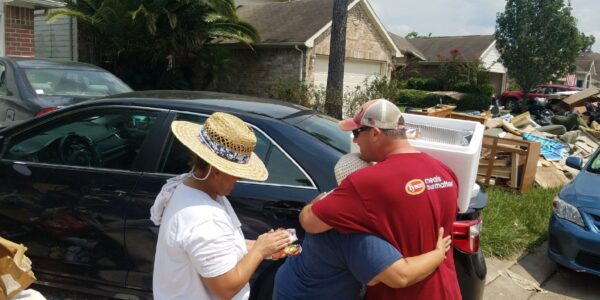
Fall Protection: Aerial & Scissor Lifts
OSHA and ANSI's safety standards for scissor lift fall protection have changed over the years,...

OSHA and ANSI's safety standards for scissor lift fall protection have changed over the years,...

Tyson Foods and the Meals That Matter Team recently completed a deployment to the...

What is ANSI? The American National Standards Institute, or ANSI for short, is a nonprofit...